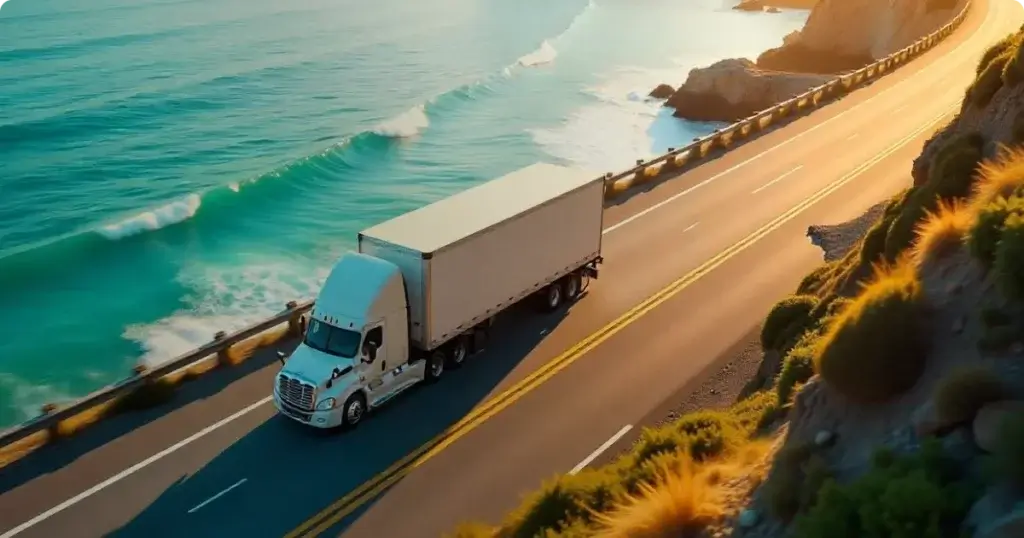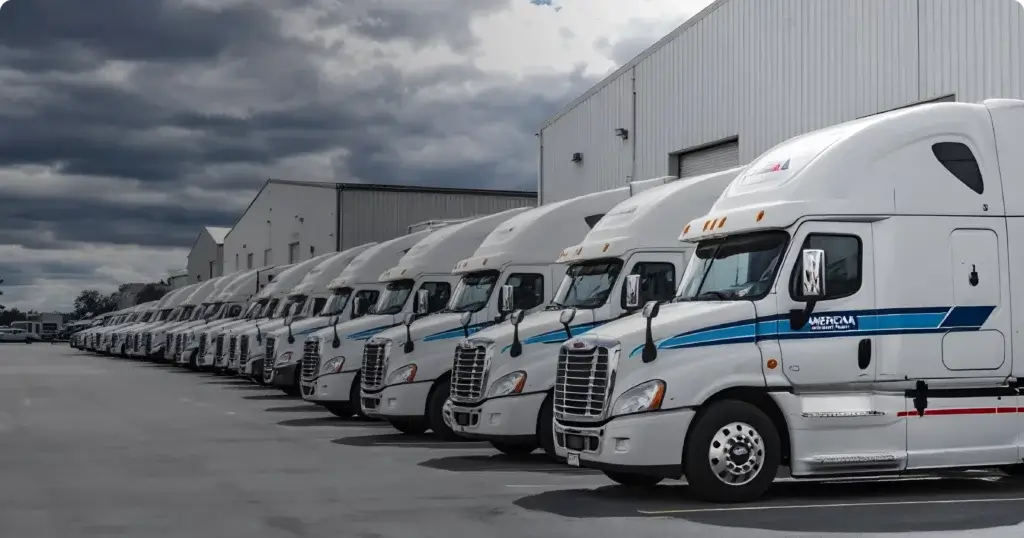The transportation authority of the “Great White North”, Transport Canada has reconfirmed its intention to enforce the ELD (Electronic Logging Device) mandate which was to go into effect throughout the country by June 2021. The deadline for implementation had been extended primarily because the Covid pandemic, an unpredictable disaster, caught regulatory and implementation authorities by surprise in 2020. The decision to have a period of progressive enforcement, which includes education and awareness about the mandate, without enforcing penalties was taken and came into force. As of June 2022, the mandate will go live with full enforcement.

Given that we’ve seen these times in the US, let’s talk about what truckers and trucking companies should expect in the months ahead.
What is the purpose of the ELD mandate?
The primary purpose of the ELD Mandate is to accurately track the HOS (Hours of Service) of drivers. The aim is to control driver fatigue, among the leading causes of collisions and accidents. These are often the commonest cause of severe outcomes when a large commercial vehicle is involved.
But that’s not all. The ELD mandate streamlines trucking processes and brings in technology to ensure compliance with safety rules, record data for inspection by Department of Transport officers, and provide authentic information to the police for accident investigations.
To whom does the Canadian ELD mandate apply?
Any Canadian trucker or owner of a trucking company has to comply with the full enforcement of the ELD mandate from June 2022. Any commercial motor vehicle traveling to Canada from the US will also have to comply with the ELD mandate of Canada.
What are the key differences between the Canadian and US ELD mandates?
The Canadian mandate has a specific clause that the ELD used by these vehicles has to be certified by the Canadian government-recognized third-party organization FPInnovations.
- The ELD certification clause:
- The US Federal Motor Carrier Safety Administration (US FMCSA) allows the ELD manufacturers to self-certify the ELDs used by commercial vehicles.
- Grandfathering Clause:
- This concerns the Automatic onboard recording device (AOBRD), a device that was installed in a commercial vehicle that the drivers had to use before the electronic logging device (ELD) rule compliance date of December 18, 2017. The FMCSA allowed its usage till the compliance date, enforcing the use of ELDs only after that.
The Canadian Mandate has no such (AOBRD) Grandfathering clause.
- Compliance Enforcement and Data Transfer:
- In the US, the ELD mandate has a provision that commercial vehicles need to send enforcement authorities detailed files and reports of log data of eight days. ELD Data transfer can happen through a USB or telematics device.
The Canadian mandate does not have such a provision, instead, it requires a sharing of the 14-day log data in PDF form making it non-editable and compact. Also for enforcement, the Canadian fleets will still need to display the ELD screen with all the details. The transfer of data can be done through emails.
- Personal Conveyance Clause in ELD mandates:
- The US mandate puts no limits on drivers’ time or distance for personal conveyance to home or rest stops or any other non-carrier-related destination.
The Canadian mandate puts a limit of 75km in 24 hours, if that limit is exceeded the ELD must be changed from ‘personal conveyance’ to ‘driving’ mode.
- Provisions for warning systems, driving in adverse conditions, and yard move:
- The US Mandate does not have a reminder requirement for the available driving time remaining. In adverse conditions, the driving limit in the US is increased from 11 to 13 hours and the 14-hour on-duty window is extended to 16 hours. Yard moves are also allowed with no speed limits.
The Canadian ELD Mandate insists on a device to warn the driver when they have only 30 minutes of remaining available drive time. In adverse conditions drive time and work shift time can be extended to 2 hours, but no extension of the shift window is allowed. When the vehicle reached 32 km/hr the ELD has to switch from ‘yard’ move status to ‘drive’ status.
The Canadian ELD mandate will be enforced by provincial authorities, unlike the US. Previously the American drivers have been able to ignore The Hours of Service regulations in Canada which permit 13 hours daily drive and allows drivers to average their driving and off-duty time over two days in certain situations. Now with the new Canadian ELD mandate US trucking fleets will have to train the drivers on the differences and ensure compliance to mandate provisions to prevent attracting penalties.
What can the US trucking industry do to ease future operations in Canada?
- Communicate with stakeholders and drivers on the mandate and arrive at a way forward
- Decide on vehicles operating in Canada and explore the installation of Canadian certified ELDs
- Update company processes and HR policies regarding compliance for Canadian Truckers
- Select an ELD provider who will provide installation and future support on the ELDs
- Opt for pilot installation and training of a few drivers, evaluate and go-ahead
- Conduct driver training on new ELDs, Enforcement regulation, and Hours of Service
- ELDs are remotely supported so training for back-office staff is essential
- After full implementation review and schedule ongoing training for drivers
Transport Canada has yet to approve many ELDs for purchase in the marketplace. Evaluating an ELD that is often deeply embedded in the transport management system is a complex process. Ensuring adequate availability of certified ELDs within the time frame for commercial vehicles across the country and US could become a huge upcoming challenge. This is causing concern to the enforcing community and the truckers with a deadline looming shortly. The intentions of the Canadian ELD mandate are to ensure high standards of safety, enforcement, and driver comfort, how soon can they enforce it is a question on most minds today.









